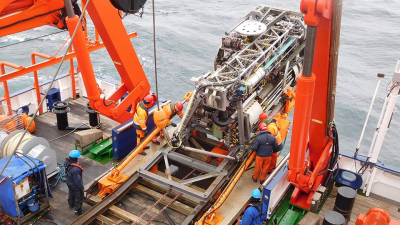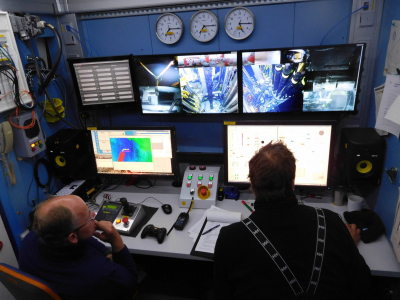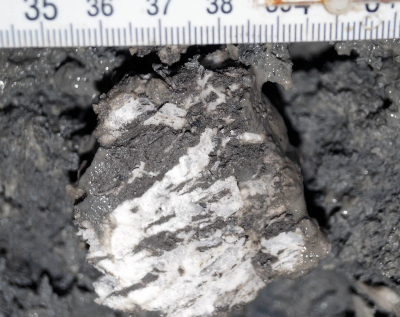Page path:
- Home
- Discover
- Media Releases
- Media Releases 2018
- study methane hydrate
Methane hydrate dissociation off Spitsbergen not caused by climate change
Jan 8, 2018
Study identifies post-glacial processes as main reason

More information:
Sea floor drill rig MARUM-MeBo
Contact:
Ulrike Prange
MARUM Presse- und Öffentlichkeitsarbeit
Telefon: 0421 218 65540
E-Mail: [Bitte aktivieren Sie Javascript]
Wallmann, K., M. Riedel, W. L. Hong, H. Patton, A. Hubbard, T. Pape, C.W. Hsu, C. Schmidt, J. E. Johnson, M. E. Torres, K. Andreassen, C. Berndt, and G. Bohrmann, 2017: Gas Hydrate Dissociation off Svalbard Induced by Isostatic Rebound rather than Global Warming. Nature Communication, DOI: 10.1038/s41467-017-02550-9




